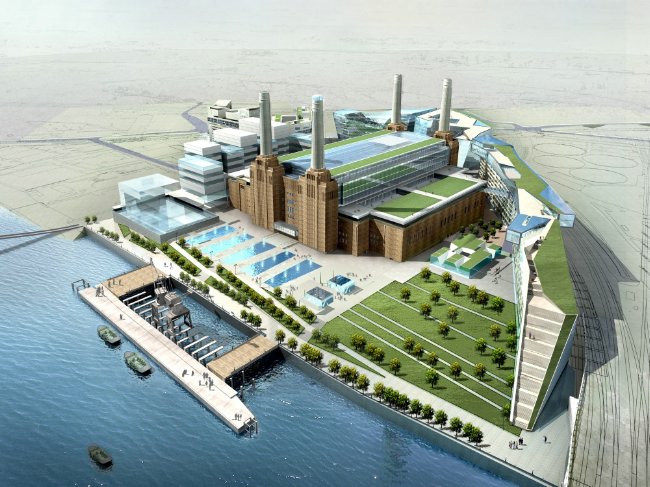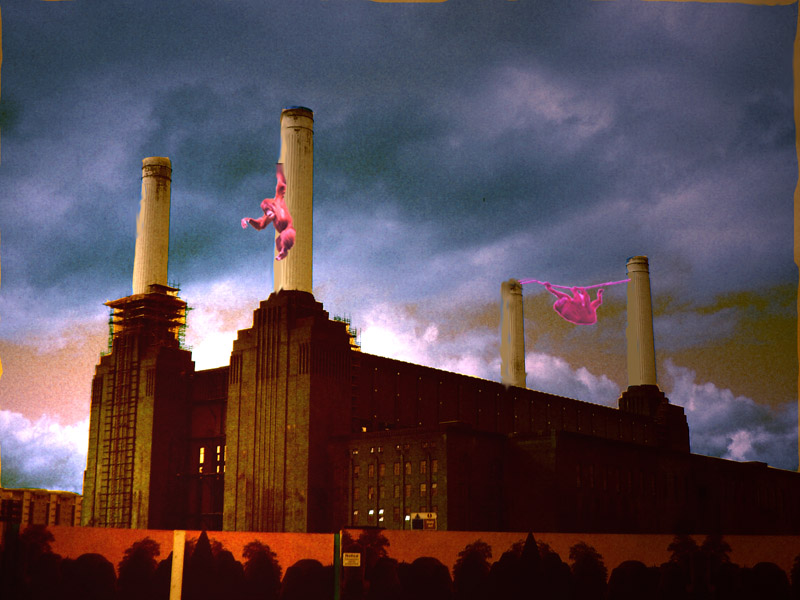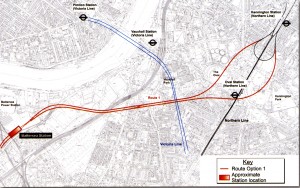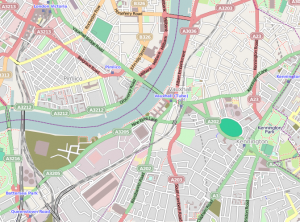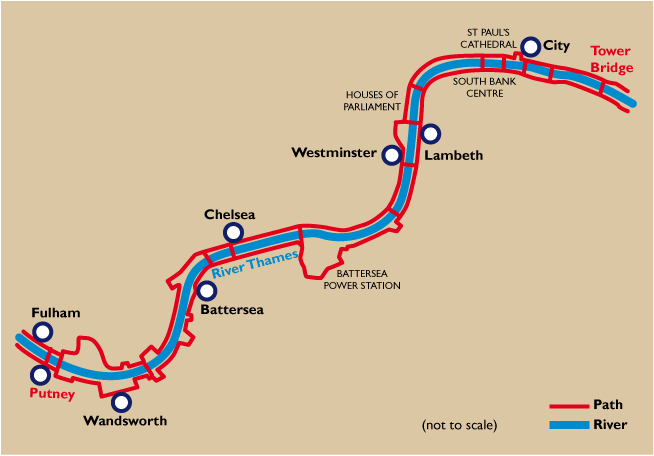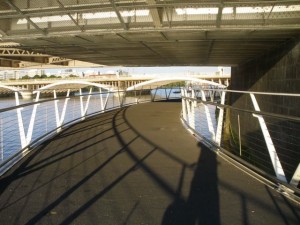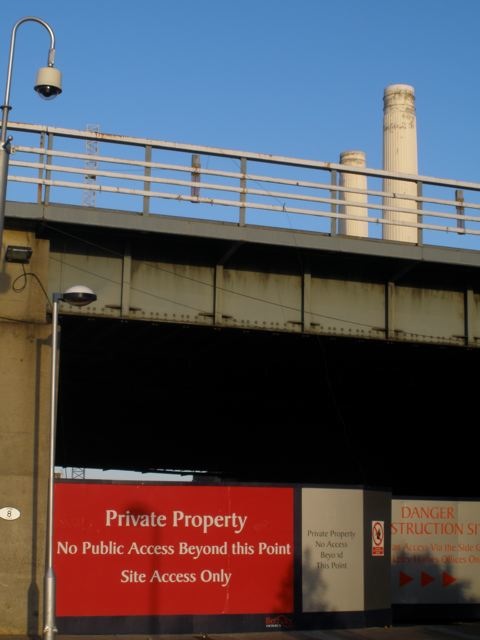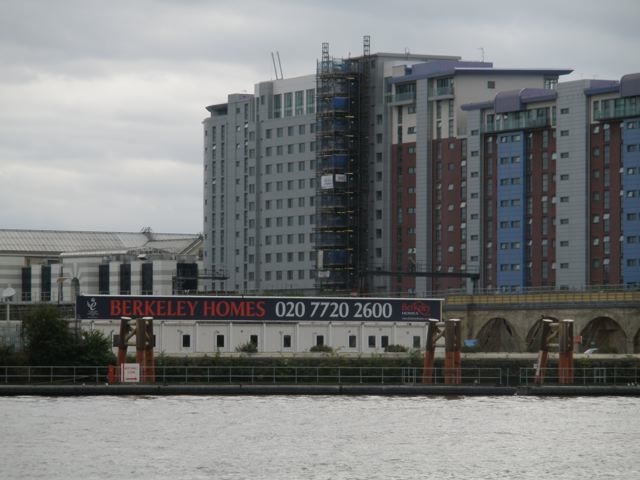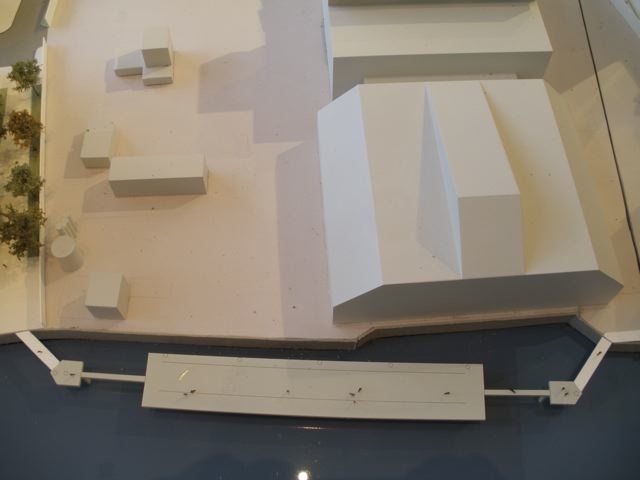Below is Battersea Power Station Community Group’s objection to the planning applications.
You might find this useful reference when making your objections. The deadline for objections is 31 January. Please try and register your objection.
Battersea Power Station Community Group
16 DRCA Charlotte Despard Avenue
London SW11 5HD
Mr Bob Leuty
Planning Department
Wandsworth Town Hall
High Street
London SW18 2PU
26th January 2010
You Ref: 2009/3575/3576/3578
Dear Mr Leuty
I am writing to add comments to my original objection about Battersea Power Station and Battersea Water Pumping Station and the surrounding land.
Development of the surrounding land will be far too dense and completely obscure Battersea Power Station from views from the south of the building, especially by the application for all of the residential blocks around the Power Station being planned for up to 56 metres in height.
The buildings have the real effect of crowding the Power Station and not allowing the listed building the dignity of protected views. Battersea park road / Nine Elms Lane and Queenstown Road will be blocked off by the high buildings.
None of these buildings should be higher than the parapet of the Switch Houses of Turbine Halls A & B.
Views from the railway into Victoria Station will be obscured.
There is no indication about the percentage of homes that will be “affordable” We propose that this figure should be 50%.
The development is so dense with over 3000 flats that it is pure greed that there are plans to build more flats as penthouses on the Boiler House and Switch Houses. This adds further insult to the Listed Grade II* building one of the top landmarks of London. We oppose the development of structures and extensions connected to the building to provide accommodation which will ruin the silhouette of the building
The proposal for a roof top swimming pool was only ever to divert criticism from the plan to build the original, monstrous, Vinoly tower. For this to be given credibility will show the whole scheme to be discredited.
All water features are on the land are irrelevant. The Thames flows past and Battersea Park has extensive lakes. The water just serves to make the land unusable by people who might want a place to walk and sit and the water further restricts movement around the site because most of the gardens will be denied to the public as they will be private gardens for the residents.
There should be public open space/park equivalent to the open space/park on the Riverside on the south side of the power station.
The Battersea Water Pumping Station should not be demolished. It is Grade II listed, older than the power station 1860 and a unique example of the London Water supply with the Largest Cornish engine ever built (no longer existing) The Pumping Station is a compliment to the Power Station.
Nearby are the railway arches used by A.V. Roe to build the Bulldog plane, the first plane to fly, and the gasworks where balloon flight became the prelude to powered flight. It is a shame that this industrial heritage is not protected because there is the same relevance as the Iron Bridge museum right here in Battersea.
The Water Pumping Station should have the protection of a condition that it can only be demolished when the detailed plans for new buildings are approved and there is a contract in place to build the new building on the site of the Pumping Station.
The riverside walk should be built as soon as it is possible to do so.
Battersea Power Station Chimneys
The report by Stuart Tappin and George Ballard shows that the chimneys can be repaired and that the proposal to demolish is not proved. Don Bianco of English Heritage agrees that the chimneys should not be demolished. Mr Bianco is the EH inspector who regularly checked the building every six months and abseiled from the top outside and inside the chimneys.
The previous owners claimed to have entered into an irrevocable letter of credit that guaranteed the funds to rebuild the chimneys in the event that they were unable to do the rebuilding. Parkview promptly left and there was no evidence that such a document existed.. Without this guarantee of sufficient funds from the current owners we believe that once the chimneys are demolished they will never be rebuilt leading to the eventual demolition of all of the building to be replaced by luxury flats.
Internally the proposal to remove to the switch gear in Annex B to a new location is opposed and should be kept in the original location with Control Rooms A & B open free to the public.
It appears that the listed status of Grade II* is being ignored by the proposal to create windows in the walls. It is a characteristic of the listing that the large areas of brick are integral to the building and by making more windows the whole effect will be changed to the detriment of the Power Station.
Tube Line
The plans for the tube extension from Kennington are at best confused and at worst “Humbug” as described by the Minister for Transport, Sediq Kahn.
There seems to be 4 different routes proposed but there is no intersection at Vauxhall tube.
Whereas the Waterloo and City Line taken towards Clapham Junction would allow a direct connection between the City and The Junction and reduce the load on Waterloo Station with many passengers seeking to travel in the direction of the Junction.
The Waterloo and City Line could easily reach Vauxhall helping to relieve some crowding on the Victoria Line. It would also relieve crowding on the Main Line and the City branch of the Northern Line, from Waterloo to Clapham Junction and Elephant and Castle to Stockwell.
Historically there have been three routes through SE London proposed as extensions for various lines:-
-
Through Bricklayer’s Arms and Lewisham to Hayes/Bexleyheath
-
Through Herne Hill and West Norwood to Crystal Palace and Beckenham
-
Through Camberwell, Denmark hill and Dulwich to Streatham and Croydon.
The Victoria Line is built to the Crystal Palace alignment and its proposed extension to Herne Hill is along it. The Bakerloo Line was originally built to an alignment towards Bricklayer’s Arms. The Northern Line’s Charing Cross branch naturally faces the Camberwell route.
There are 3 lines and 3 routes for extensions to traverse.
Sendeng the Northern Line to Battersea would remove the future possibility of some part or all of at least one of the above routes through the South East being served.
Finance for the listed buildings
If the buildings were in a development trust they would be eligible for grants from the Sport and Heritage Lottery Funds.
Yours sincerely Brian Barnes MBE
Battersea Power Station Community Group
16 DRCA Charlotte Despard Avenue
London SW11 5HD
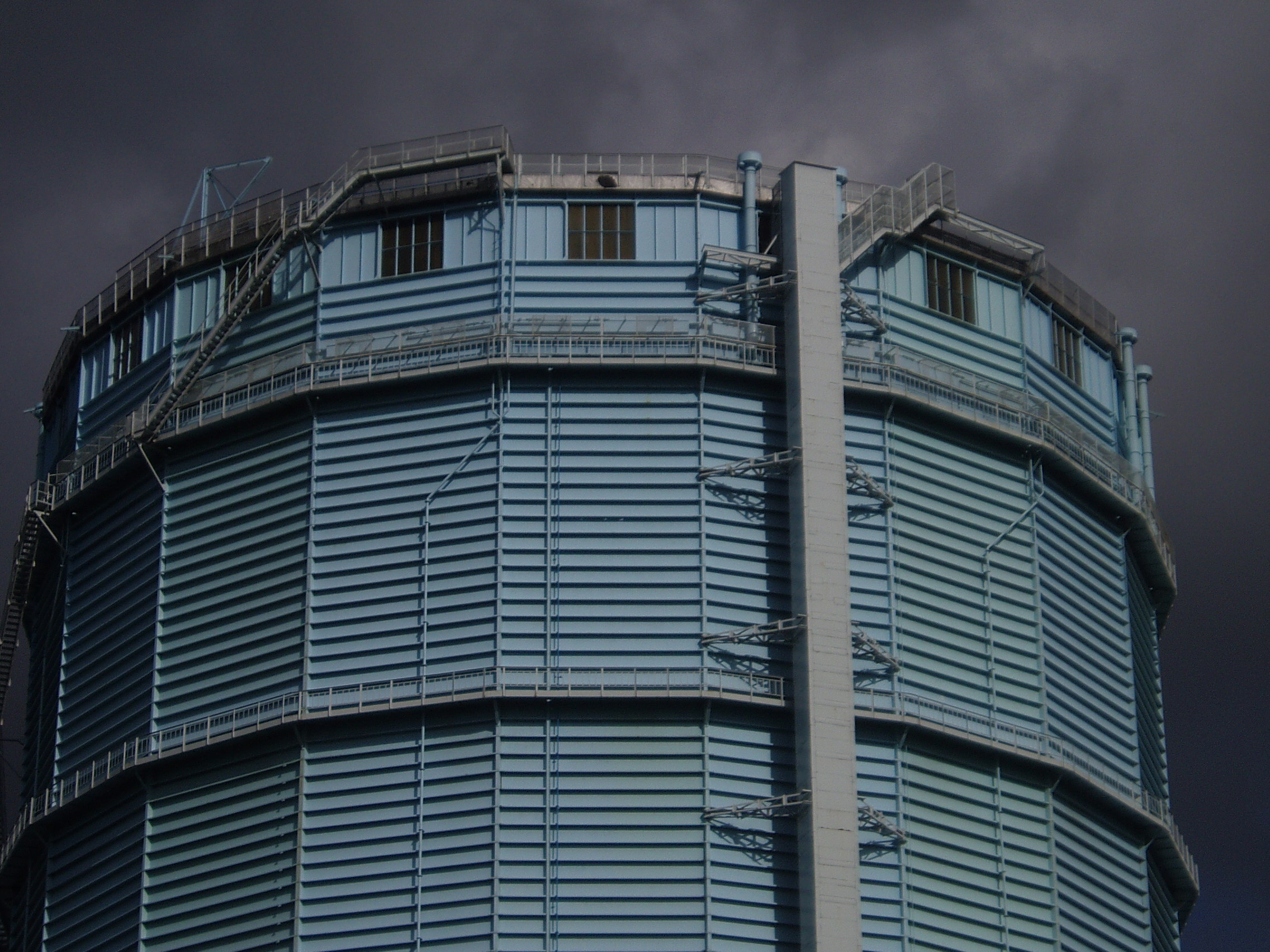 National Grid is holding drop in sessions inviting local people to have their say on its plans to demolish four redundant gasholders in the Nine Elms on the South Bank regeneration area.
National Grid is holding drop in sessions inviting local people to have their say on its plans to demolish four redundant gasholders in the Nine Elms on the South Bank regeneration area.
